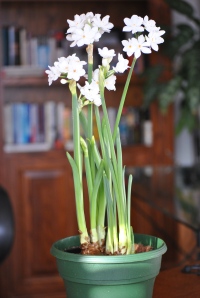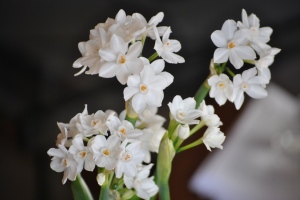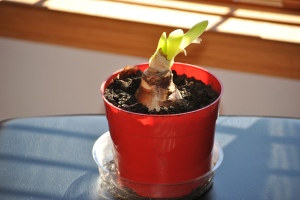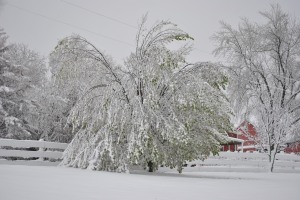
Wow, what a week! Let’s hope the Polar Vortex that most of the nation endured this week was a once-in-a-lifetime experience. The temperature plummeted to -14 degrees here at the farm with wind chills of -40 degrees. I worried about all living things enduring the wicked cold, including trees and shrubs. What does extreme cold do to plants? I read a few articles from the University of Missouri and Purdue University Extension websites and found a few interesting facts regarding cold and plants.
What happens when a plant is exposed to freezing temperatures? It’s kind of like what can happen when the water pipes in your house freeze. When the water inside a plant freezes, its cells burst from the expansion of water into ice and it dies.
Trees and plants go dormant in the fall to slow down their growing systems, sort of like a hibernating bear. One of the most visible 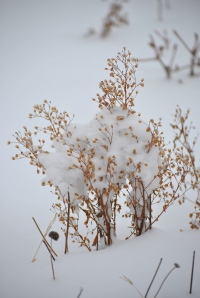 examples is how deciduous trees lose their leaves prior to winter. Although the tree may look dead, it’s still receiving water and nutrients through its roots. It’s important to protect tree and shrub roots with soil or mulch during the winter because they are sensitive to the cold. Snow alsoprovides a good insulation. Clay soil, because of its compactness, protects roots from the cold better than sandy soil.
examples is how deciduous trees lose their leaves prior to winter. Although the tree may look dead, it’s still receiving water and nutrients through its roots. It’s important to protect tree and shrub roots with soil or mulch during the winter because they are sensitive to the cold. Snow alsoprovides a good insulation. Clay soil, because of its compactness, protects roots from the cold better than sandy soil.
Here are the two big lessons I learned regarding extreme cold and plants:
1. When selecting trees, shrubs, and plants make sure they match my cold hardiness region.
2. Generously mulch around trees and shrubs every fall to protect their sensitive roots during the winter.
I don’t know if here on the farm we had any casualties from the cold. It may be April before I know. Please share your experiences, good or bad, with the Polar Vortex of 2014.
Let’s keeping thinking about Spring!

